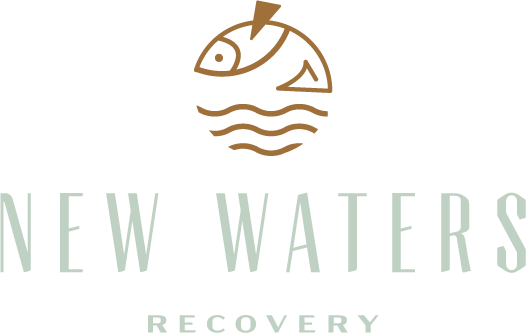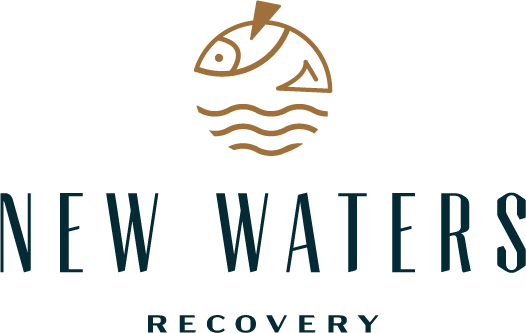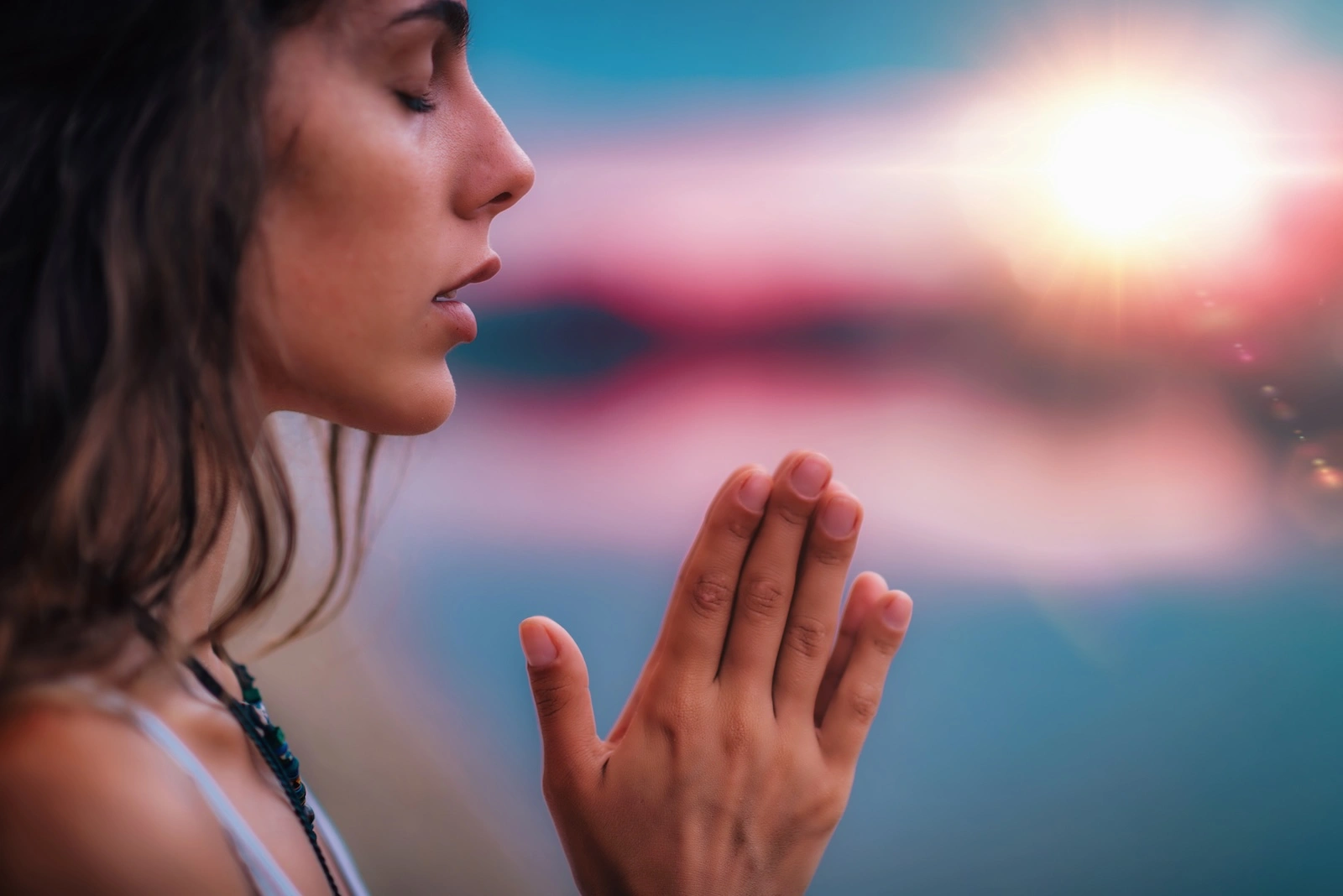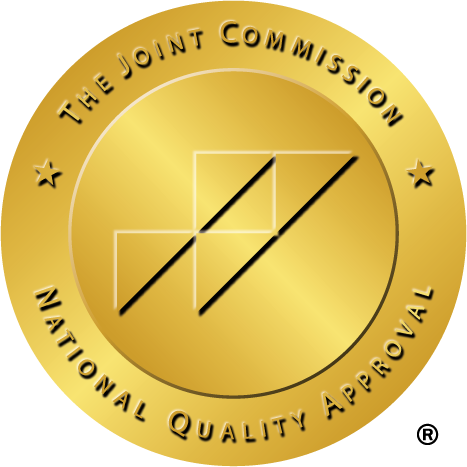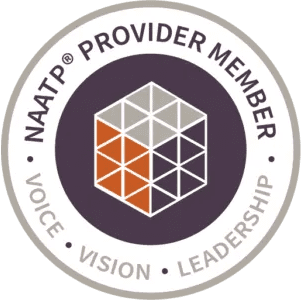Table of Contents
Key Points
- Alcoholics Anonymous (AA) is a 12-step program that many living in sobriety have walked through to achieve and maintain a healthy lifestyle.
- AA prayers aim to increase awareness, promote mindfulness, eliminate self-seeking patterns, and empower people in recovery to pursue sobriety with renewed purpose.
- AA prayers are not only for religious persons but can be adapted to suit agnostic worldviews.
- The Serenity Prayer is the most common prayer associated with the AA program.
- Other prayers for each of the 12 steps are also found in other AA resources but only two (the third and seventh) appear verbatim in The Big Book.
- AA prayers are not a “magic bullet” for recovery but a reminder and an opportunity to pursue the themes and principles it calls to mind.
AA prayer is a tool in the recovery framework of the Alcoholics Anonymous (AA) 12-step process that fosters recovery. They are designed to enhance awareness and acceptance while inspiring one to pursue personal growth and accountability. One doesn’t have to be spiritual to participate. There are also secular reflections or affirmations that can be used in the same way.
What Is AA?
Alcoholics Anonymous (AA) is a 12-step program that many living in sobriety have walked through to achieve and maintain a healthy lifestyle. One official tagline of the AA organization is, “Members use the Twelve Steps to maintain sobriety. Groups use the Twelve Traditions to stay unified.”[1] AA is a global nonprofit organization that offers community access, peer support, training, and recovery resources during and after formal treatment.
The unique format of AA brings together a trusted circle of experienced peers in AA meetings who have been in the same place you or a loved one may find themselves now struggling with alcohol abuse or alcohol use disorder (AUD). They’re looking back from a place of compassion and strength, ready to help anyone walk the same path and experience the same freedom in healing and sobriety.
The Purpose of AA Prayer
Much of the AA philosophy and application is found in The Big Book. This book chronicles the stories of the first 100 people to navigate the principles of AA and the 12 steps from addiction to sobriety. These prayers aim to increase awareness, promote mindfulness, eliminate self-seeking patterns, and empower people in recovery to pursue sobriety with renewed purpose.
Each of the 12 steps is accompanied by a prayer that supports the theme or purpose of the step in question. Other prayers in the AA program are the Serenity Prayer, the Lord’s Prayer, and the Prayer of St. Francis of Assisi. AA also publishes daily reflections on its website with excerpts from The Big Book to continue sharing valuable insights and inspirational stories of recovery success.
Secular AA Options
While AA was founded by believers in the Christian faith, Chapter 4 of The Big Book is directed at agnostics who may not be aligned with the idea of incorporating God or spirituality into recovery. The emphasis is on the strategic approach and recognition that there is a Power greater than oneself—in whatever way you choose to define that, whether Nature, Spirit, Higher Power, the Universe, etc.— as this is a cornerstone of the structure of the AA steps.
Roger C. wrote The Little Book: The Alternative 12 Steps as a mostly secular approach to the AA prayers and steps that eliminate most of the faith component to increase accessibility.
Control Vs. Surrender: The Outcome Is Within
A significant theme of the 12 Steps and the AA prayers is acknowledging one’s powerlessness. However, this doesn’t imply there is no self-discipline or control engaged in the recovery process.
Chapter 5 of The Big Book states, “Rarely have we seen a person fail who has thoroughly followed our path. Those who do not recover are people who cannot or will not completely give themselves to this simple program…”[2] This makes it clear that success is a blend of both surrender to the process and control over your level of participation and commitment.
What is the Serenity Prayer in AA?
If there is one prayer that most associate with AA prayer, it is the Serenity Prayer, which states, “God grant me the serenity to accept the things I cannot change, courage to change the things I can, and wisdom to know the difference.”[3] The origins of this prayer are murky at best. Some recent publications cite a theologian from the 1930s, and others refer to a German memorial dating back to the 14th century. Regardless of where it came from, it’s a fundamental tenant of the AA culture.
How do they use the serenity prayer in AA?
In most AA meetings, the Serenity Prayer is recited at the beginning and the end to bookend their time together. It’s also used as a personal mantra or affirmation recalled to mind as needed. The central themes of surrender, acceptance, courage, and wisdom serve as a constant reminder of the purpose and goals of AA in daily life.
Additional AA Prayers For Recovery
As stated, each of the 12 steps is accompanied by a prayer aligned with the same principle. Here are a few examples, directly from The Big Book:
- Third Step Prayer (Chapter 5, p. 63): “God, I offer myself to Thee – to build with me and do with me as Thou wilt. Relieve me of the bondage of self, that I may better do Thy will. Take away my difficulties, that victory over them may bear witness to those I would help of Thy Power, Thy Love and Thy Way of Life. May I do Thy will always!”[4]
- Seventh Step Prayer (Chapter 6, p. 76): “My Creator, I am now willing that you should have all of me, good and bad. I pray that you now remove from me every single defect of character which stands in the way of my usefulness to you and my fellows. Grant me strength, as I go out from here, to do your bidding. Amen.”[5]
Other prayers are not part of the cannon of The Big Book but rather are commonly practiced by AA members as part of the program.
Busting Myths About AA Prayer & The AA Program
AA prayers are a “magic bullet” that activate recovery: MYTH
Like any prayer or affirmation, AA prayers are a reminder and an opportunity to surrender to the structure of the program and commit to cultivating change and a freedom from self-will. There is no magic cure but only evidence-based treatment, structure, and support.
I can attend meetings instead of formal addiction treatment: MYTH
This is not recommended. Formal treatment programs like Partial Hospitalization Programs (PHP), Sober living programs, and Intensive Outpatient Programs (IOP) offer daily support and treatment blended with community and education for an immersive recovery experience. Together, formal treatment and AA programs help you build a healthy, sober life and actively live it at the same time.
AA is only for religious people: MYTH
However you define a Higher Power is appropriate for AA participation. There are secular resources available though the degree of how they’re adopted or integrated into local AA meetings will vary from group to group.
AA won’t work for me: MYTH
AA has shown great success for anyone who will surrender to the program, complete the steps, and commit to change and accountability. This does not imply that it is an easy process. Overcoming alcohol or substance use disorder is a life-changing undertaking that requires wholehearted dedication and consistency.
Frequently Asked Questions About AA Prayer, Recovery, and Treatment
Sources
[1]What is A.A.?. Alcoholics Anonymous. (n.d.). https://www.aa.org/what-is-aa
[2][4]Chapter 5 – How It Works – (pp. 58-71). (n.d.-a). https://www.aa.org/sites/default/files/2021-11/en_bigbook_chapt5.pdf
[3]SMF-141 origin of the serenity prayer brief summary. (n.d.-f). https://www.aa.org/sites/default/files/literature/assets/smf-141_en.pdf
[5][6]Chapter 6 – Into Action. (n.d.-b). https://www.aa.org/sites/default/files/2021-11/en_bigbook_chapt6.pdf
New Waters Recovery Editorial GUIDELINES
At New Waters Recovery, we take your health and wellness seriously. We have a thorough process in place to ensure the integrity of information that is displayed on our website. All content published to our site undergoes a rigorous medical review by a doctorate level clinician to ensure medical accuracy. Read More About Our Process
